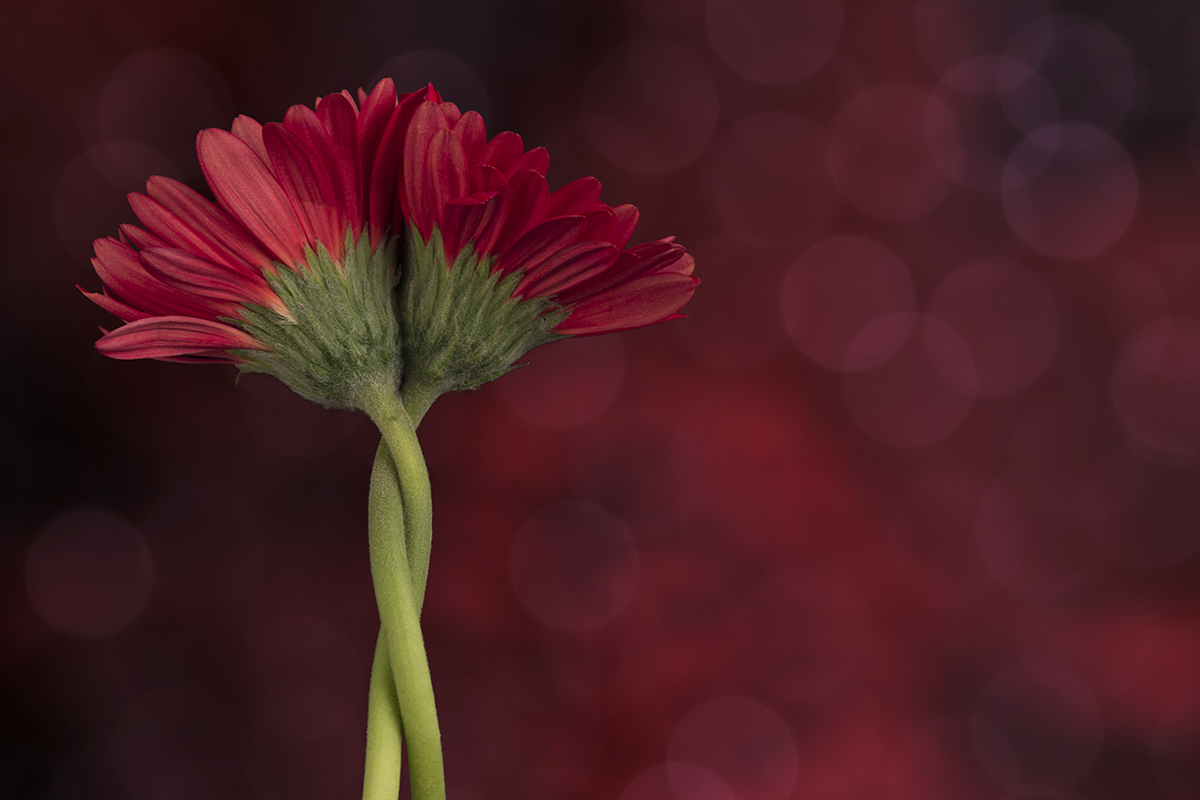The wonderful phenomenon of colour constantly surrounds us: in nature, in the colours of flowers, foliage and trees as they change through the seasons; in the plumage of birds; in the translucent colours of gemstones brought from the earth’s darkness. We witness the wonder of colour through the incredible display of the aurora borealis, and in rainbows spread across the sky. In every waking moment of our life, colour affects us emotionally, physically and psychologically, and it even penetrates our dreams! Sunlight allows us to see the world around us, provides us with warmth and interacts with our molecular structure, making it vital for our well-being. We are beings of light and therefore need the vibrational frequencies of light’s constituent colours for our survival and wellbeing.
As a microcosm of the macrocosm – a miniature universe – these colours surround and interpenetrate our aura, our own electromagnetic field. Our aura consists of seven layers – each having its own vibrational frequency – which interpenetrate each other to create perfect harmony. Our thoughts, feelings and spiritual awareness determine the colours present in each layer: when we are happy and content, they are bright and harmonious but, when we are emotionally upset, have negative thoughts, they become dull and dark and our auric layers start to vibrate to the wrong frequency. Such disharmony may affect the physical body, resulting in disease. How true the saying is: ‘I feel off colour today’.
Returning to a state of harmony
When this happens, how can we help ourselves to return to a state of harmony? Firstly, we have to try and find the cause that has made us off colour and secondly, try to change our negative thoughts to more positive ones.
Working with light and colour through meditation and colour breathing can help us to transcend the physical mind and reach higher levels of consciousness, where we begin to realise our true self – that brilliant spark of light that has come from the ultimate light. Meditation also helps us to improve our concentration, relieve stress and slow down our metabolism. Practising colour meditation increases our awareness of and sensitivity to particular colours, developing in us an intuitive knowledge of the colours we need at any one time to help keep our body in optimum health.
When meditating it is important to find a quiet place where you will not be disturbed. The ideal time is early morning after a good night’s sleep. This eliminates the temptation to fall asleep. The sitting position adopted should be one that is comfortable and that allows the spine to be straight. It helps to start your meditation with a simple breathing technique. For example, breathing in to a count of five and out to a count of five. This helps to quieten the mind and relax the body.
Directing colour where it is needed
Using the breath as a meditation technique is widely practised, and using colour with the breath enables us to direct colour where it is needed in the body or to an individual chakra. When we inhale, we breathe in prana or life force. On a sunny day, prana can be seen in the atmosphere as minute specks of brilliant light. Prana encompasses seven varieties, each of which vibrates to the frequency of one of the colours.
In colour breathing we visualise inhaling the colour we need and imagine the colour saturating our entire being, or mentally direct the colour to the part of the body we feel it is needed. Red, orange and yellow enter through our feet; green enters the body horizontally and turquoise, blue indigo, violet and magenta enter the body through the head. Visualising the colour entering the body, you then direct it to where you feel it is needed. The simplest of the many colour breathing techniques is the rhythmic breath, in which the inhalation is the same length as the exhalation. How long you choose to make the breath will depend upon your lung capacity.
Try to work intuitively with the colour that you feel you need. For example, if you are stressed, work with blue; if you are trying to create a state of harmony within yourself, work with green; if depressed, work with orange. With practice you will begin to know the colour which is most beneficial for you.
From The Meditation Book of Light and Colour, © 2014 by Pauline Wills, published by Singing Dragon







